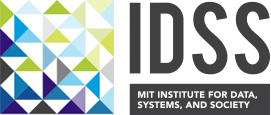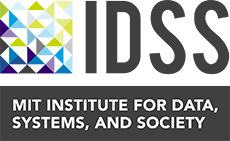Predicting the Popularity of Online Jihadist Writing
Rich Nielsen, Political Science
Ali Jadbabaie, IDSS and Civil and Environmental Engineering
This project brought together IDSS faculty in political science (Nielsen) and engineering (Jadbabaie) to analyze data on jihadist extremist documents and build a model that would shed light on why some documents are more popular than others. This model can be directly applicable to the problem of predicting which new statements by jihadists are most likely to go viral. Existing social science analysis of jihadist online documents is mostly focused on describing the themes of these writings.
Nielsen and Jadbabaie used data from a large jihadist web library to build a model that predicts the number of page views based on features in each document. Most research using this data has focused on recipients of the messages to better understand online radicalization; Nielson and Jadbabaie instead focused on messages and messengers.
Documents used for this model were established to first be in a “steady-state popularity rate,” meaning in a nearly constant, steady-state rate of page views after their initial, rapid-page viewings when first posted. Once these documents were identified, researchers looked for features that could predict their rate of popularity.
“Drawing on social science theories, we focus on the question of whether features related to authority or content matter most,” the researchers reported. “If authority is the main driver of document popularity, then counter-messaging activities should focus on what the most authoritative writers produce, regardless of content. If content drives page views, then counter messaging activities should instead remain focused on the most popular topics, regardless of who is writing.”
As the researchers asserted in their proposal, “Violent jihadism is one of the most pressing political challenges of our time… Despite the pressing problems, the dynamics of online radicalization are only partially understood.”
A paper has been written on this research and is pending publication. The project could lead to further funding opportunities with DARPA or the DoD Minerva program.
The grant funded IDSS Postdoctoral Research Associate Santiago Segarra, who was involved in this research.


